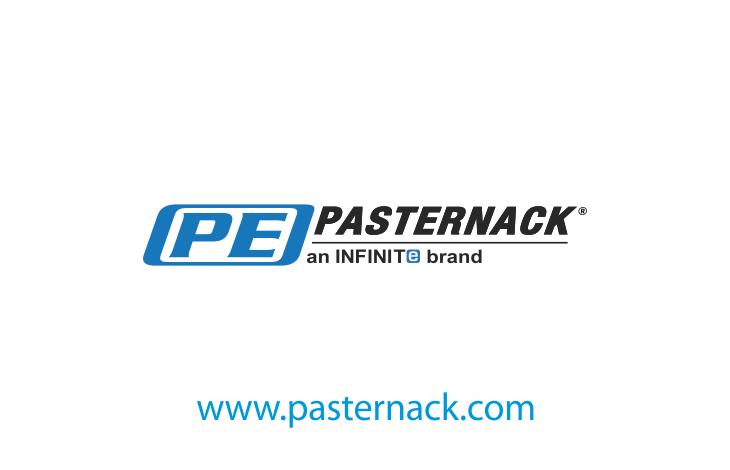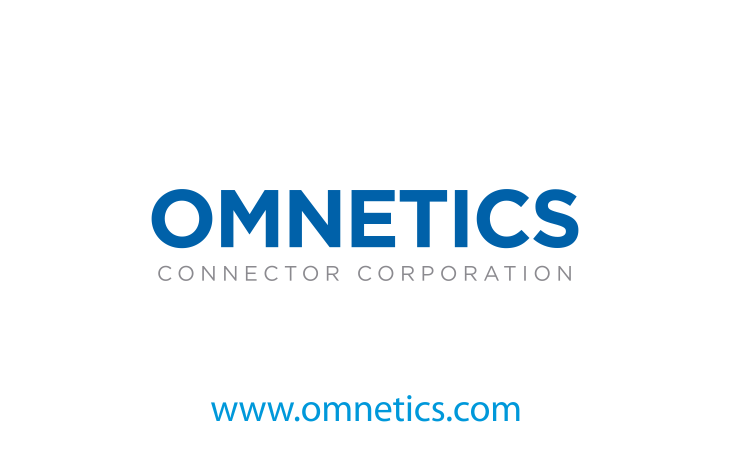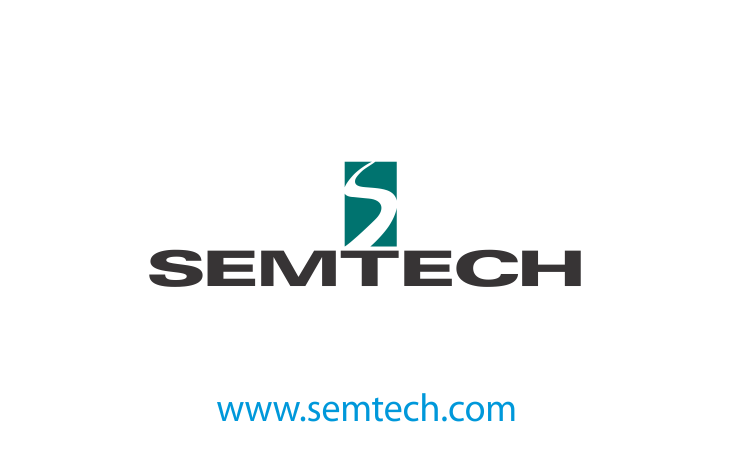By: Peter McNeil
Continue readingOmnetics Ruggedized Nano Strip Connectors
Nano Strip connectors at .025� pitch with high-reliability pin and socket systems offer proven reliability in extreme environments and provide fast and firm mating for high density circuits in miniature and portable electronics.
Continue readingIn-Stock! End Launch Connectors to 110 GHz
To address the requirement for high speed millimeter-wave interconnects for chip evaluations, signal integrity measurements, 25 GbE, SERDES, coplanar waveguide, substrate characterization and test fixture applications, Pasternack has just released a new series of high performance End Launch Connectors.
The new End Launch Connectors offer excellent VSWR performance with a reduced mounting profile, allowing designers to place even more connections in the same PCB area.
Features include:
• PCB edge launch connection
• Reusable end launch installation
• Solder or solder-less end launches
• Rugged support beads
• 40 GHz, 50 GHz, 67 GHz and 110 GHz
These new End Launch Connectors are in-stock and available to ship today. For detailed information on these products, please use the links below.
D-Sub Connectorized Electromechanical Switches Up to 26.5 GHz
All in stock and ready for same-day shipping!_x000D_
Continue readingNew Waveguide Gunn-diode Oscillators Up to 35 GHz In-Stock
Pasternack’s new K and Ka-band Waveguide Gunn Oscillators provide a cost-effective source for microwave power with excellent frequency and power stability while generating low phase noise.
Due to the extremely high external Q and temperature compensation mechanism, these waveguide Gunn Diode oscillator´s exhibit excellent frequency and power stability, lower phase noise and higher anti-load pulling characteristics. These brand new Gunn-diode oscillators also incorporate high performance devices and machined aluminum cavities.
Features Include:
• 2 Models with Popular K and Ka Band Center Frequencies of 24.125 GHz and 35 GHz
• Designs feature mechanical tuning capability ranging up to ± 3 GHz
• Excellent Phase Noise Performance as low as -98 dBc/Hz typical
• +10 dBm Output Power with Frequency Stability as low as -0.2 MHz/°C
• Models have an Operational Temperature Range of -40°C to +85°C
• Compact Aluminum Packages have Precision Machined Cavities that exhibit Optimum Performance
• Fully Integrated Mil Grade WR-28 and WR-42 Waveguide Ports
The new waveguide Gunn Diode Oscillators are in-stock and available to ship today. For additional product details, please click the links below.
Overmolding Connectors and Cable Assemblies
Expanding the Options for Instrument and System Designers
Continue readingDAS Attenuators with Quick-Connect Interface
All in stock and ready for same-day shipping!
Continue readingBrasil começa o ano com certificação LoRaWAN
Em 2 de janeiro de 2018 a Anatel publicou o Ato 14.448 com algumas mudanças importantes no texto que regulamenta o espectro não licenciado (conhecido em outros países com ISM – industrial, scientific & medical), mais especificamente na faixa em torno de 915 MHz.
Estas mudanças, dentre outras coisas, tornaram o Brasil compatível com o padrão LoRaWAN já existente em outros países. Agora temos um conjunto de regras que permite o mesmo que o FCC nos EUA, embora a nossa banda permitida seja um pouco menor. Com isso, estamos alinhados com os demais países da América Latina.
Tanto os requisitos de canalização quanto os de potência foram atualizados e agora refletem o que outros países do mundo já praticavam.
De forma bastante breve, LoRaWAN é um padrão de rede com topologia em estrela e que usa de canais de comunicação LoRa (técnica baseada em Chirp Spread Spectrum ou CSS). Esta tecnologia é propriedade intelectual da Semtech e o padrão LoRaWAN é público e administrado pela LoRa Alliance. A Vermont é o representante exclusivo da Semtech na América Latina.
Esta mudança é o resultado de um trabalho que começou em outubro de 2016 e contou com a participação de diversos atores da nossa sociedade. A Anatel, cumprindo suas promessas de trazer agilidade em viabilizar as tecnologias de IoT, gerou um novo texto baseando-se em estudos próprios e também na interação com a sociedade.
Esta notícia é um impulso que já causou uma grande movimentação no mercado. Diversas empresas que estavam aguardando esta definição já estão em plena atividade para gerar novos projetos e produtos.
When Do You Need a Bias Tee or DC Block?
Bias Tees and DC blocks are both low frequency filters designed to pass certain wanted signals and power rails while blocking other signals and limiting the performance impact on RF/microwave circuits. Bias Tees are essentially diplexers with an extremely low crossover frequency, and DC blocks are high pass filters with cutoff frequency down to audio frequencies and DC.
DC blocks are used for enhancing signal-to-noise ratio and dynamic range on some very low frequency or wideband systems, as well as block DC and audio frequencies from testing that may require isolation from such low frequency components. DC blocks are also used for signal source modulation leakage suppression, and ground loop elimination.
Bias Tees are used to allow for DC currents and/or voltages to pass to RF devices while blocking RF/microwave signals on the same line. For example, a Bias Tee may be used to enable a power supply to a transistor or amplifier circuit, which requires a DC signal and would be disturbed by the RF content on the signal and power line. There are also pulsed bias tees, which allow for minimum distortion on current, or voltage, pulses for amplifiers and devices which require intermittent signals for biasing or power.
Bias Tees and DC blocks are both very commonly used in many RF/microwave circuits which require the conveyance of DC signals along the same coaxial or microstrip signal path as RF/microwave signals. Bias tees and DC blocks may even be used together at a node where the DC power or bias voltage/current is needed, but would be disruptive if it passed further down the RF transmission line.
Bias tees are used anywhere from cell phone amplifiers to test and measurement equipment. An example of this is with powered probes which have a power hookup at the same port as the RF signal port.
DC blocks are typically only used where powered RF transmission lines, or “hot” conductors, are used. However, DC blocks may also be used to separate a circuit from a ground place and DC and audio signals, to prevent current passing or voltage developing from that circuit node to ground. An example of this is in the instance where a voltage is injected into the source of a shunt FET, which is also grounded to the grounded housing or fixture of the assembly.
Phase Locked Oscillators (PLO) With External References
Phase Locked Oscillator series is in stock and ready for same-day shipping!
Continue reading


